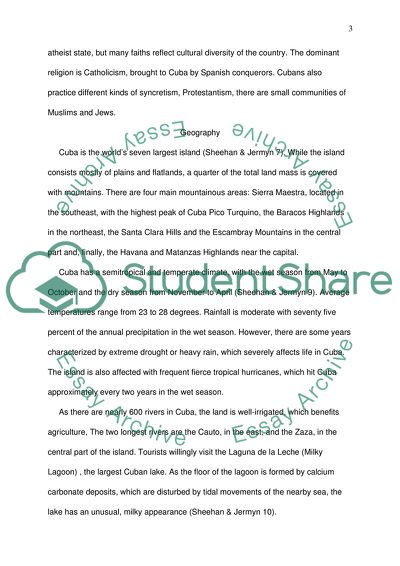Cite this document
(Cuba for Tourists Essay Example | Topics and Well Written Essays - 1500 words, n.d.)
Cuba for Tourists Essay Example | Topics and Well Written Essays - 1500 words. https://studentshare.org/tourism/1733431-tour-guide-in-cuba
Cuba for Tourists Essay Example | Topics and Well Written Essays - 1500 words. https://studentshare.org/tourism/1733431-tour-guide-in-cuba
(Cuba for Tourists Essay Example | Topics and Well Written Essays - 1500 Words)
Cuba for Tourists Essay Example | Topics and Well Written Essays - 1500 Words. https://studentshare.org/tourism/1733431-tour-guide-in-cuba.
Cuba for Tourists Essay Example | Topics and Well Written Essays - 1500 Words. https://studentshare.org/tourism/1733431-tour-guide-in-cuba.
“Cuba for Tourists Essay Example | Topics and Well Written Essays - 1500 Words”. https://studentshare.org/tourism/1733431-tour-guide-in-cuba.


